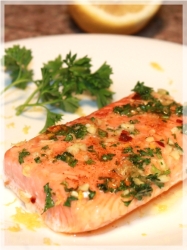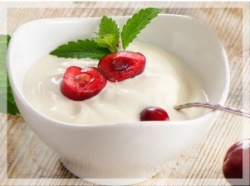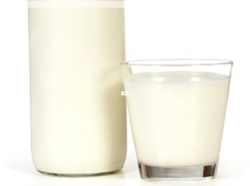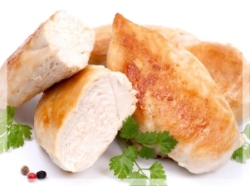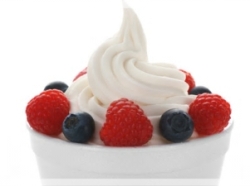In spite of doctors and dietitians preaching so much about how cholesterol is bad for you, our body needs cholesterol. Cholesterol helps build your body’s cells and produces certain hormones. Cholesterol is not a fat, it is a wax-like, fatty substance. Therefore, cholesterol is not bad, actually it is a vital compound in your body. The problem is when you get too much of it then it can have a negative impact on your health.
There are two sources of cholesterol:
- From your liver
- From food derived from animal products, like meat, dairy and eggs.
Together, these two sources take part to your blood cholesterol level.
The same way that high levels of HDL cholesterol may help you protect against heart disease and stroke, while high levels of LDL cholesterol can clog arteries, increasing your risk. In order to keep your “good’ cholesterol HDL high and your “bad” cholesterol low you should replace bad fats with good fats.
Good Fats are: monounsaturated fats (lower LDL and increases HDL) and polyunsaturated fats (lower triglycerides and fight inflammation).
Monounsaturated and polyunsaturated fats are liquid at room temperature and are present naturally in many food.
Monounsaturated Fat
- Canola oil
- Oilve oil
- Sunflower oil
- Peanut oil
- Sesame oil
- Olives
- Avocado
- Most nuts, such as almonds, cashew, pecans, macadamia nuts, hazelnuts, peanuts
Polyunsaturated Fat
- Soybean oil
- Sunflower oil
- Corn oil
- Flaxseed
- Some nuts, such as walnuts, Brazil nuts, pecans, pine nuts>
- Some seeds, such as sunflower, sesame, pumpkin and chia seeds
- Fatty fish such as salmon, tuna, mackerel, herring, trout and sardines
One type of polyunsaturated fat is made up of mainly omega-3 fatty acids and may be especially beneficial to your heart. Omega-3, found in some types of fatty fish, appears to decrease the risk of coronary artery disease. It may also protect against irregular heartbeats and help lower blood pressure levels. There are plant sources of omega-3 fatty acids. However, the body doesn’t convert it and use it as well as omega-3 from fish.
Bad Fats are: trans fats (increase LDL and lower HDL) and saturated fats (increase blood cholesterol).
Most fats that have a high percentage of saturated fat or that contain trans fat are solid at room temperature.
Trans fat are made from oil through a food processing method called partial hydrogenation. In this process vegetable oil is heated and combined with hydrogen gas, therefore the normal fat molecule is twisted and deformed. By hydrogenating oils, they become more stable and less likely to spoil than do naturally occurring oils.
Saturated Fat
- High-fat cuts of meat, such as beef, lamb and pork
- Poultry with skin
- High-fat dairy products, such as milk, sour cream and cream
- Butter
- Cheese
- Coconut and palm oil
- Lard
Trans Fat
- Packaged snack foods such as crackers, microwave popcorn, chips
- Fried food such as French fries, breaded fish and chicken
- Commercially baked pastries such as cookies, doughnuts, cakes, muffins, pizza dough
- Candy bars
- Stick margarine
- Vegetable shortening
- Pre mixed products such as cake and pancake mix, chocolate drink mix
- Any product which list “partially hydrogenated oils” as a ingredients
Appearance-wise, saturated fats and trans fats tend to be solid at room temperature.
Substituting “bad” fats with “good” fats
Now that you know the facts about the healthy fat and the unhealthy fat try substituting the bad fats with the good fats.
| Butter | Olive oil |
| Cheese | Low-fat or reduced-fat cheese |
| Red meat | White meat poultry |
| Cream | Low-fat milk, fat-free milk or fat-free creamer |
| Ice cream | Frozen yorgut or reduced-fat ice cream |
| Whole milk | Skim or 1% milk |
| Sour cream | Plain, non-fat yogurt |
Making these little dietary changes and becoming physically active you can significantly decrease your cholesterol profile and reduce coronary heart disease and stroke risk.

